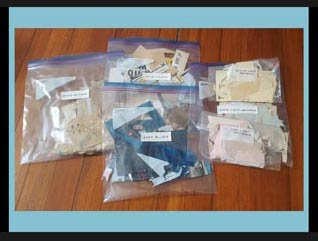I am pleased to have my book THE ANCIENT CLIFF DWELLERS OF MESA VERDE featured on this month’s
SCBWI recommended reading list in the nonfiction section. Each month, SCBWI features books written and illustrated by its members. And every month highlights a new theme that will foster discussions, activities, and enjoyment!
The theme for November is Native, First Nations, and Indigenous Heritage, featuring books that celebrate the diverse cultures, traditions, and histories and acknowledge the important contributions of Native people. On this list, you will find fiction, nonfiction, Own Voices books, bilingual books, and more. So pick up a book and become immersed in this rich culture.
THE ANCIENT CLIFF DWELLERS OF MESA VERDE is available as an
ebook from Amazon. It was originally published by Clarion Books in 1992.
My first visit to Mesa Verde National Park was on a family vacation when
I was fourteen. We pitched our tent on the edge of the mesa and, like
the ancient Anasazi, cooked our meals over an open fire. It was easy to
imagine our campsite as a place where the Anasazi might have tilled the
ground to plant corn and beans or hunted with bows and arrows for deer
or wild turkey. As we looked into the canyon below our campsite we
could see Spruce Tree House, a complex of square buildings that had been
built into the cliff wall one thousand years ago. Protected from wind
and weather by the overhanging rocks, they looked much as they had when
they were new. My brothers and I delighted in scrambling up and down
the ladders of the cliff dwellings and investigating the open rooms. I
also spent hours inside the park museum learning about the people who
had once lived at Mesa Verde. As I viewed the fine baskets, intricately
decorated pots, carved stone and bone tools and other artifacts, I
wondered about the ancient Americans known to us as the Anasazi and
about why they had abandoned their homes around 1300 AD.
When I
returned to Mesa Verde thirty years later with Richard Hewett to research and photograph
our book, I discovered that even more ancient sites had been excavated
and opened to the public. I was intrigued by the archeological
process--how people discover evidence of ancient cultures and how they
figure out what it means. The buildings and household objects that the
Anasazi left behind are like pieces of a puzzle, which reveal what life
was like on that high tableland over a thousand years ago.















